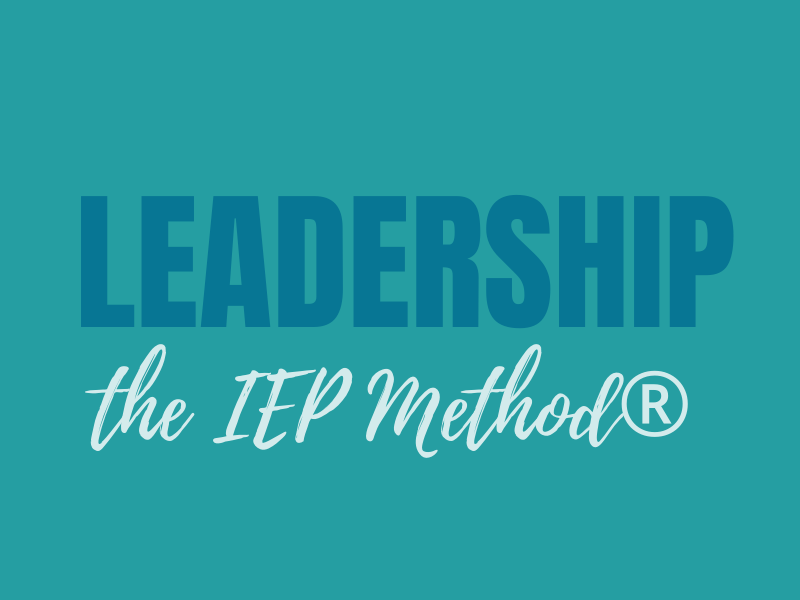I've worked with my team for years; one member has been with me for almost fourteen years now, another just two. Some vendors for years, some for short bouts. All of them I've learned from -- they've each grown me as a leader in their own ways. Writing this, just fresh off of our Q3 Team Meeting, I am flush with gratitude and also awe at what teaming takes. Whether you are in person (which we are not), or remote (which we very much are and always have been), there are a couple of best practices and beliefs to hold that I've found extra useful.
Today, I offer you three...
- Teaming takes time. Allow for it. Bruce Tuckman's "Stages of Group Development," forming–storming–norming–performing (and then adjourning) point to the different stages that every team or group goes through when coming together to be in community. After twenty years working with organizations and teams, I've added another stage which is "reforming" -- especially into today's world of rapid change and turnover -- where once you're humming along, often the team will shift. Each of these stages requires intention, energy, and presence on the individual and group's part. All of it asks for time. Identifying where you're at in the cycle, and giving it the space to unfold, can net solid honest team cohesion, more sturdy dynamics, and greater resiliency for the team down the line.
- Everyone is different. Lean into that. We're all bringing our backgrounds, expertise, quirks, edges, triggers, values, and delights to the table. A lot of these may not make sense to us (or the rest of the team), so it requires a level of curiosity, assumption of good, a desire to help things go right and serve the team, and time (yep, there's "time" again!). If you lean into the team, stay honest, get curious, own your stuff, honor accountability, be intentional about your impact, and ask for what you need (and how you can help your team get what they need), it works better.
- Clarity, communication, and curiosity net congruency and care. It's all about the "Leadership C's." Almost every team issue or leadership failure I've had I can track back to a lack of clarity on my part, poor communication, or making assumptions (sans curiosity). The impact of this is most often a lack of congruency with how I want to show up and lead and the leader I want to be, as well as is often received as a lack of care for the people I'm leading. Not intended. What I've noticed is usually if I'm missing my C's, it's because I'm moving fast, trying to control (ack! another "C") the situation, or not feeling confident in my decision or the person's ability to do the thing (which would be much better served by actually peaking to THAT). Rallying the C's, slowing down, getting clear on intent, and giving feedback (or checking assumptions) before moving forward has saved me a ton of time, energy, and unintended impact, and always nets a more compelling, calm, and quality outcome. By the way, all of this takes time.
This is where going slow to go fast comes in. It doesn't have to be painfully slow, it does have to be present. The magic of these three points are in being present to where you're at and how you're showing up feeling -- and then pausing as needed to ensure intentional impact.
Which of these feel most important to you in your leadership and with your team right now? Choose one to lean into extra this week. If you like these, I'll post more on teaming as we go.
To your individual and collective health. AXC.
.png)






